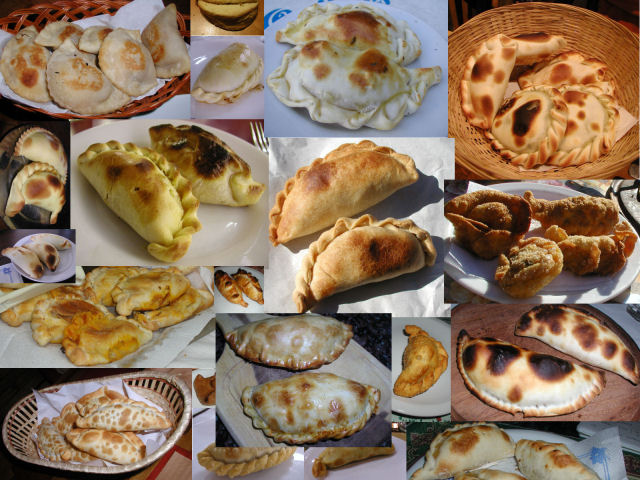NEWS
January 19, 2006

While not impossible to visit Buenos Aires and avoid sampling empanadas, it would be foolish. Argentina is known far and wide for its beef, and aficionados will argue the fine points of presentation from the parrilla or the asado. Yet probably no other item from the culinary repertoire engenders quite so much passion as the defense of one’s favorite empanada. Arguments range from “my grandmother made criollas that your grandmother wasn’t fit to eat” to “my favorite place has the most perfect… baked, fried, cut beef or ground, potatoes, olives, eggs, onions, or raisins, included or not… and I’ll take you there and prove it.” Culinary historians natter on about the origin of this bread enveloped pastry, tracing it back to Galicia in Spain, or perhaps to ancient Persia. To hear some of them go on, we’d need carbon dating to settle on the origin.
It would come as no surprise to find that every culture on the planet has some version of the empanada – from Middle Eastern fatays, to Asian pot-stickers, to Scandinavian pastys, to a classic savory turnover from France. Yet, there is something uniquely Latin American about the empanada. It would be difficult to put one’s finger on it – the dough is not unique in the pastry world, most often made from simple white flour, eggs, water, and lard. The fillings range from beef to pork to chicken to fish. The spices vary in accordance with local favorites throughout South and Central America and the Caribbean. The additions are too numerous to consider. Yet there’s something about them, when one picks them up, hot and juicy, that fits the Latin culture.
Argentines would argue that theirs are the best. That would be a hard claim to prove, but it would be a fantastically delicious exercise to sit down at a table laden with examples from throughout the empanada world. Certainly there is a wide variety of regional styles, thankfully most of them are available here in Buenos Aires (including examples from neighboring countries), removing the need to hop on colectivos and travel province by province to sample them. Here you can find garlicky, spicy catamarqueñas chockfull of potatoes, green onion packed salteñas, white onion filled san juaninos, touches of tomato and various cheeses in the tucumanas, salmon and tuna from the shore, or packed into Chilean styles, lamb and mushrooms from Patagonia, pumpkin based Venezuelans, and finely ground goat meat in the arabe styles. Cheese filled, corn filled, vegetable laden, or a wide variety of meats abound. Local shops may offer specialty versions, and it is worth seeking out something like smoky pancetta and plum, or spicy sausage and green onion, or even an Italian knockoff like a napolitana.